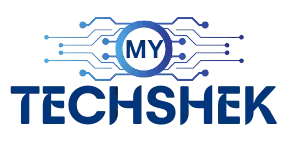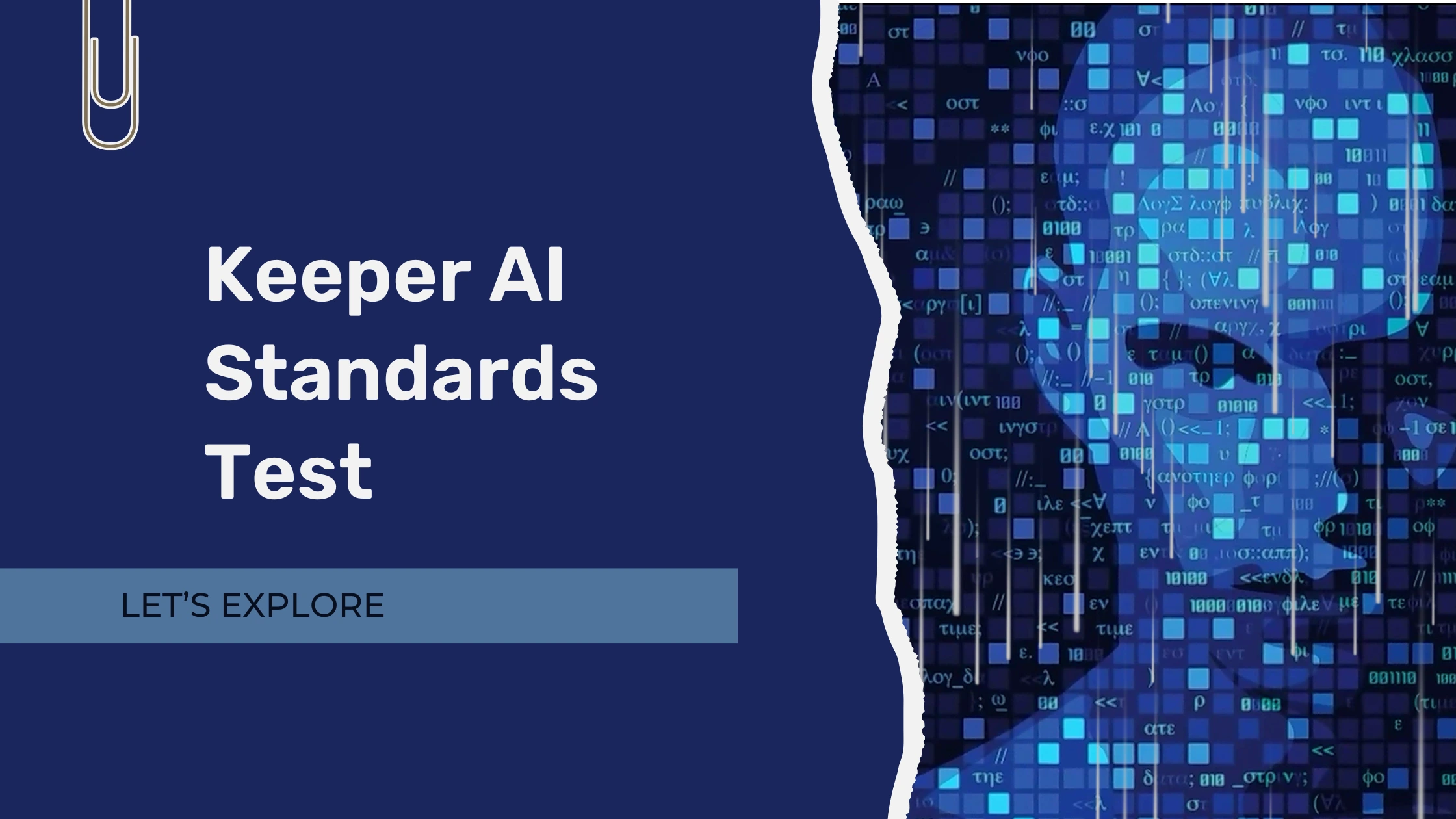The Keeper AI Standards Test Explained
Our lives now revolve around artificial intelligence (AI), which influences everything from healthcare choices to loan approvals. But as AI’s influence increases, so does the demand for trustworthy and moral AI procedures. Here comes the Keeper AI Standards Test, a potent framework created to guarantee AI systems adhere to moral principles, lessen prejudices, and promote openness.
For developers and companies looking to deploy ethical AI systems, this article will dissect the Keeper Standards Test, examine its practical implementations, and offer useful insights. You will have a better idea of how this framework improves AI systems after reading this.
Understanding the Keeper AI Standards Framework
The Keeper AI Standards Framework offers a methodical way to assess AI systems for dependability and ethical compliance. Three fundamental layers make up the framework’s operation:
- Environmental Layer – Focuses on legal requirements and adherence to stakeholder expectations.
- Organizational Layer – Aligns the system’s strategy with company values and long-term goals.
- AI System Layer – Examines operational governance and development.
The Accountability and Transparency module, which records all AI-human interactions, is the central component of the system. This guarantees that businesses are able to distinguish between information produced by AI and that produced by humans.

Key Testing Parameters of the Keeper Standards Test
The Keeper Standards Test evaluates AI systems using four critical parameters:
- Reliability Assessment – Measures consistent performance across various scenarios.
- Ethical Compliance – Ensures AI systems follow established ethical guidelines.
- Bias Detection – Identifies and mitigates discriminatory patterns in data and algorithms.
- User Impact Analysis – Assesses how AI decisions affect different societal groups.
These core pillars form the foundation for evaluating AI systems against predefined ethical and reliability benchmarks.
Benefits of Implementing the Keeper AI Standards Test
- Improved Reliability – Ensures systems perform as intended under diverse conditions.
- Enhanced Trust – Builds confidence among users, stakeholders, and regulators.
- Regulatory Compliance – Prepares AI systems to meet existing and forthcoming regulations.
- Bias Reduction – Identifies and reduces discriminatory practices.
- Transparent Operations – Encourages accountability through clear and documented processes.
When implemented, the Keeper AI Standards Test ensures both ethical and technical excellence in AI systems.
Examples of AI Systems Passing or Failing the Keeper AI Standards Test
Several AI systems have been evaluated under the Keeper Standards Test, revealing practical insights:
Success Stories
- Healthcare AI: A diagnostics tool passed the test due to its comprehensive bias detection methodologies and adherence to fairness metrics.
- Financial Services Tool: A fraud prevention system demonstrated transparent decision-making processes, securing positive results.
Cases of Failure
- An AI hiring system failed due to significant bias against specific demographic groups.
- A chatbot was flagged for generating harmful misinformation, highlighting issues with its content moderation protocols.
These examples underscore the importance of rigorous testing to ensure ethical AI.

Core Components and Architecture of the Keeper Standards Framework
The architecture of the Keeper AI framework is cohesive and multi-layered:
- Accountability System – Logs interactions and ensures traceability.
- Technical Documentation – Includes model architecture and transparency reports.
- Regular Evaluations – Conducts frequent assessments for continuous improvement.
Organizations adopting these components not only increase performance but also foster user trust.
Integration with Existing AI Systems
The Keeper Standards Test seamlessly integrates with existing AI systems through:
- Security Protocols – Implements AES-256 encryption for data storage and TLS for data in transit.
- Scalability – Offers role-based permissions, delegated administration, and team sharing to accommodate future growth.
With such features, integrating the Keeper framework into your AI systems ensures minimal disruption and maximum compliance.
Implementing Ethical AI Testing Protocols
Bias Detection Methodologies
Reducing bias starts with advanced detection methods like:
- Pre-processing Tools – Analyze training data for inherent biases.
- Post-processing Tools – Evaluate the system’s output for fairness.
Fairness Assessment Metrics
Fairness metrics, such as demographic parity and individual fairness, are essential for ensuring equal treatment across diverse groups.
Transparency Requirements
Comprehensive transparency practices include:
- User Notification – Informing users when interacting with AI.
- Impact Assessment – Measuring the overall societal effects of AI deployment.
Through these measures, organizations can maintain trust while ensuring responsible AI practices.
Performance Benchmarking and Reliability Testing
Performance and reliability are cornerstones of the Keeper Standards Quiz. Key considerations include:
- Computational Efficiency – Maximizing the use of system resources.
- Error Analysis – Detecting and mitigating errors to enhance reliability.
Reliability testing involves internal and external validation to deliver systems that meet expectations in real world settings.

Industry-Specific Applications
The Keeper Standards Test has been successfully employed across various industries:
1. Healthcare AI Compliance
Ensures data privacy and adherence to medical regulations while improving diagnostic accuracy.
2. Financial Services Implementation
Streamlines processes, aids fraud prevention, and enhances regulatory compliance.
3. Manufacturing Quality Control
Automates defect detection and predictive maintenance, reducing labor costs and increasing efficiency.
Tips for Maximizing the Standards Calculator Keeper AI
If you’re leveraging the male and female standards calculator or relationship standards test, follow these best practices:
- Stay consistent in testing over time to account for data variability.
- Manage stakeholder involvement to set clear ethical parameters.
- Continuously evaluate system outputs to ensure compliance with evolving standards.
A Future Defined by Ethical AI
The Keeper AI Standards Test represents a crucial tool in making AI systems fair, reliable, and ethical. By implementing its comprehensive framework, businesses can achieve regulatory compliance, build user trust, and ensure long-term success.
If you’re developing AI or managing projects that use it, putting your systems to the Keeper test is no longer optional; it’s a strategic necessity. Start integrating ethical AI today for a more transparent and equitable tomorrow. You can also visit our pages for more Tech Guides.
FAQs
What is the Keeper AI Standards Test?
It’s a comprehensive framework designed to evaluate AI systems for ethical compliance, bias detection, transparency, and reliability.
How does the Keeper AI framework work?
It operates across three layers—environmental, organizational, and AI system—to evaluate and improve AI processes.
Can the Keeper Standards Test work for small businesses?
Yes, its scalability and ease of integration make it perfect for AI systems of all sizes.
What industries can benefit from the Keeper Standards Quiz?
Industries like healthcare, finance, manufacturing, and more can significantly optimize operations using the Keeper framework.
How can I get started?
Visit Keeper.ai’s website to explore tools such as the high standards test keeper and the Keeper AI Census Data analyses.







